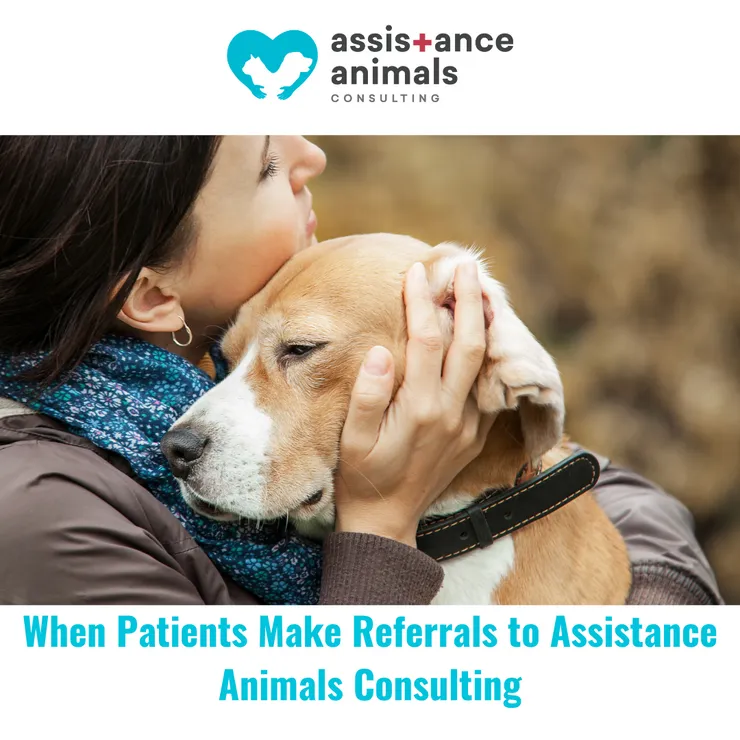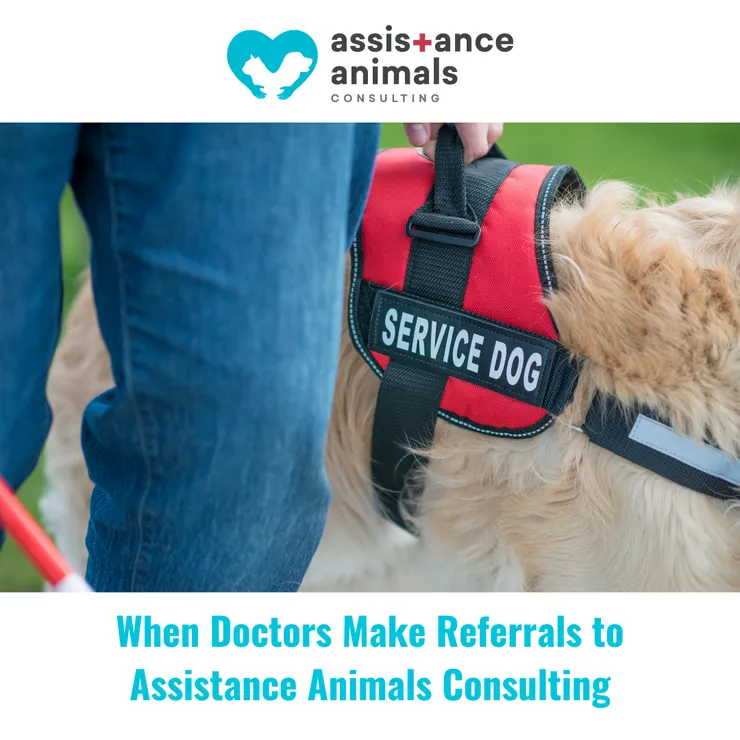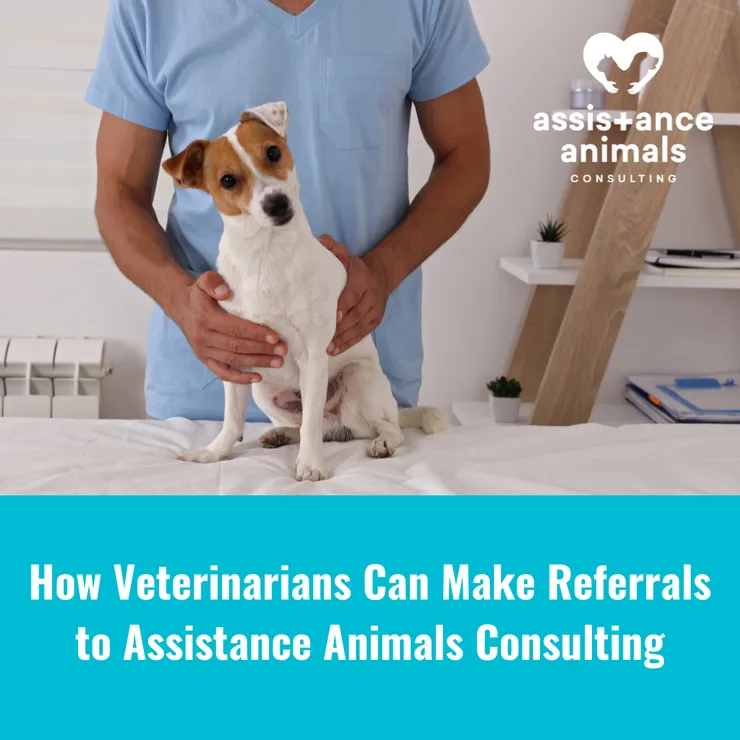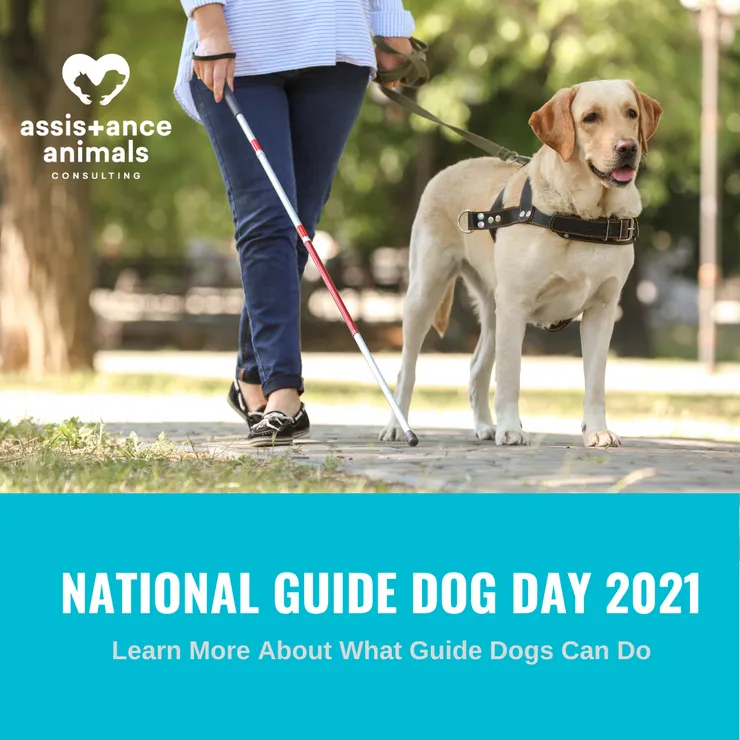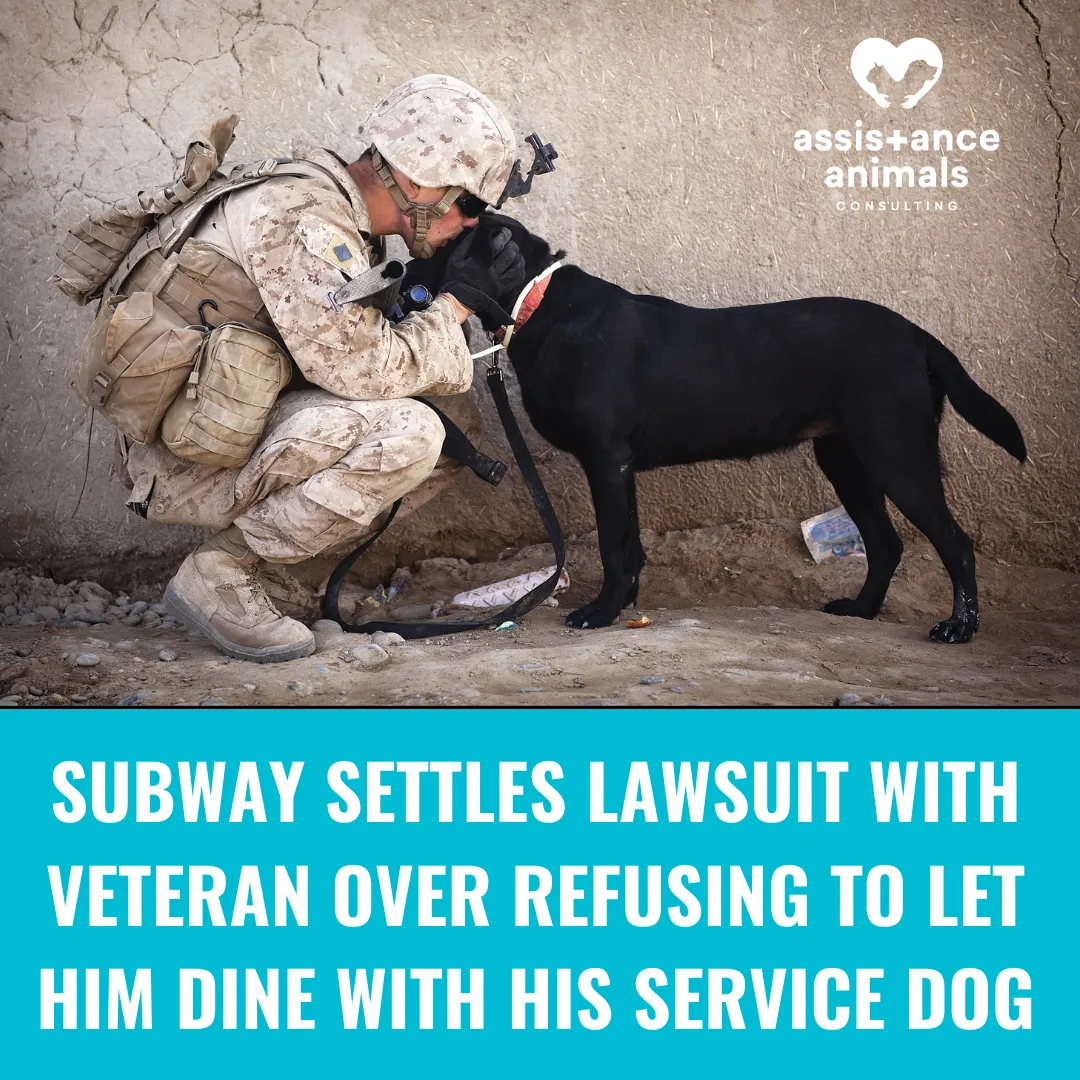How Service Dogs Support Patients with Disabilities
How Service Dogs Support Patients with Disabilities
In 1990 the United States of America first recognized the value and importance of service animals to the citizens who lived with a variety of disabilities with the passing of the American with Disabilities Act. Prior to the ADA’s passing the only legally recognized service animal in the US were guide dogs.The body content of your post goes here. To edit this text, click on it and delete this default text and start typing your own or paste your own from a different source.
The passing of the ADA opened many doors for those living with disability, and dogs who have been our hunting partners, protectors, farm staff and most of all companions became even more integral and vital to our society.
Service Dogs now serve as the eyes for the blind, the ears for the hearing impaired, and perform a bevy of tasks that help remove the limits of their handlers.
We’ll go over just a few of the ways that service animals enhance the lives of their human handlers.
Guide Dogs
The history of guide dogs is long with some historians even tracing their use as far back as 79 CE.
In the US the first training school for guide dogs was established in 1927 after Morris Frank and his guide dog Buddy campaigned for the acceptance of service animals in public spaces. The school was called The Seeing Eye School and is still training these special animals today.
Today The Seeing Eye is among about a dozen training centers for guide dogs in America.
Guide dogs can enhance the lives of the visually impaired by helping them navigate our busy world. Guide dogs take roughly 6-8 months of consistent training and can perform tasks like:
- Staying on route - Pet dogs can be easily distracted by sights, sounds and smells but guide dogs and most other service animals are trained to remain focused.
- Keeping their guide position- Guide dogs are trained to stay just ahead of their handler on their left side so that they don’t become a trip hazard.
- Avoiding obstacles - Dogs perceive and traverse the world differently than humans do so guide dogs are trained to recognize obstacles or obstructions that won’t allow their handler to follow where they go.
- Stopping at all curbs - Dogs see the world in shades of red and gray and thus can’t interpret signal lights. They’re trained instead to stop at all curbs until they are told to proceed.
Hearing/ Alert Dogs
Hearing and alert dogs have a much shorter history than guide dogs. Although there may have been dogs who assisted their hearing impaired owners in the past, the first formal training of a hearing dog took place only about 50 years ago right here in the US.
In the 1960s Mrs. Elva Janke, a Minnesota woman who was completely deaf, was blessed with a dog who learned naturally to alert her to sounds she couldn’t hear. This special dog had never been trained. When the dog passed in the early 70’s Mrs. Janke realized just how much she had come to rely on her furry little alert system and sought out the help of a dog trainer to help her train a new pup to perform the same tasks.
With the help of the Minnesota Humane Society she was introduced to a dog trainer named Agnes McGrath. Within the year McGrath trained the first formally trained hearing dog for Mrs. Janke and 5 others as well.
In 1979 - just a few years after the first dogs were trained - the program that would become International Hearing Dog Inc. was founded and has now trained almost 1500 dogs to be the ears of those with hearing impairments.
Hearing/ Alert Dogs are trained to alert their handlers to sound such as:
- Fire alarms
- Doorbells
- Babies crying
- Telephones
- Alarm clocks
Because the dogs are trained to be extremely attentive to the sounds in their environment, many handlers also take cues about what is going on around them from how their service companion behaves.
Other Service Dogs
While dogs that assist with hearing and vision are the most well known type of service dogs there are two other types of service animals that are just as impactful on the lives of their human companions - Psychiatric Service Dogs and Epilepsy or Seizure Dogs.
Psychiatric Service Dogs (PSDs) should not be confused with Therapy Dogs or Emotional Support Animals (ESAs). Both Therapy Dogs and ESAs provide comfort and companionship to those who suffer from mental illnesses but they are not trained to perform specific tasks and aren’t considered service animals.
Psychiatric Service Dogs are trained to alleviate the symptoms of mental illnesses such as depression, anxiety, or PTSD. They may be trained to:
- Disrupt harmful behavior such as cutting or other forms of self harm.
- Disrupt repetitive behaviors
- Awaken handlers from nightmares
- Retrieve medication and/or water
- Remind (and nag) handlers to take medication
- Guiding handlers to a support person
- Guiding handlers out of places of business
Epilepsy or Seizure Dogs can’t prevent seizures and although some may learn to recognize when a seizure is about to occur there is little evidence that this behavior can be trained.
Seizure dogs are trained to seek help and prevent their handlers from harming themselves during an episode. They do this by:
- Barking to alert family members or those nearby when their handler has had a seizure
- Lie next to their handler during a seizure to prevent injury
- Breaking their handlers fall if they begin to seize while standing up.
Service animals have been supporting humans for years and deserve to be given recognition for the support they provide. If you would like to learn more about working with a service animal for yourself or a loved one, consider an online consultation with Assistance Animals Consulting.

